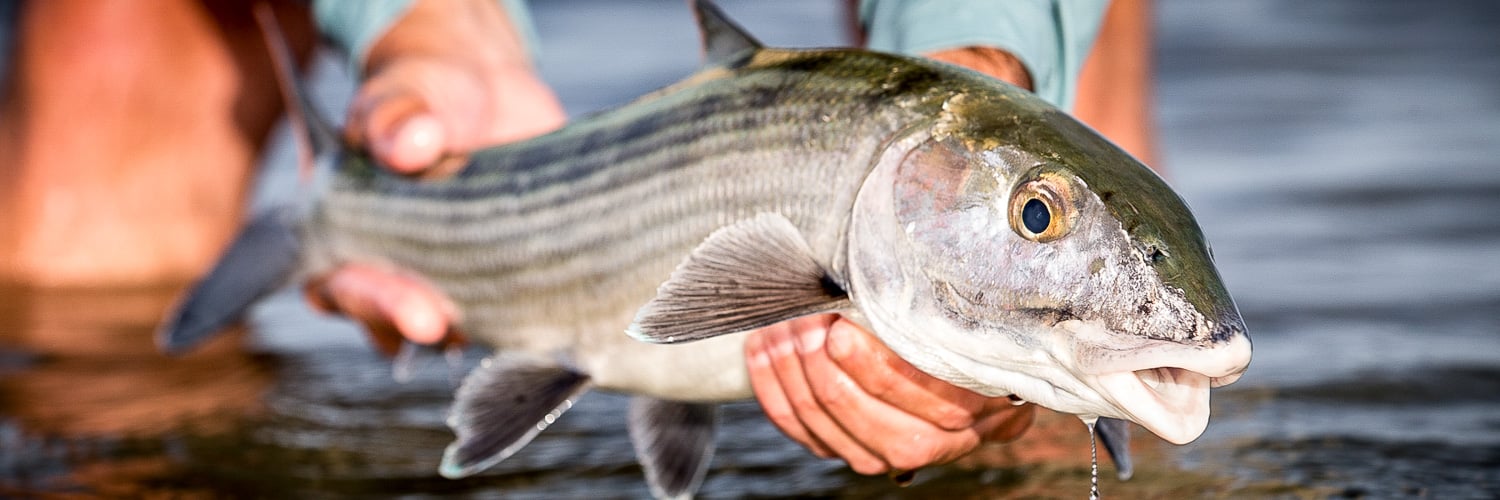

Bonefish, also called Banana fish or Ladyfish, are an amphidromous species living in inshore tropical waters and can be found in most tidal flats, mangroves, and creeks. Once believed to be a single species with global distribution, research has identified nine other species; three in the Atlantic and six in the Pacific Ocean.
The Bonefish tend to follow the tides’ daily pattern and move onto shallow mudflats or sand flats to feed. Ledges, drop-offs, and clean, healthy seagrass beds yield abundant small prey such as crabs and shrimp, and it uses its small mouth beneath its pointed piglike snout to grub around on the bottom. Often referred to as the ‘Grey Ghost’ or the ‘Ghost Of The Flats’, they are notoriously wary, and great skill must be taken both in approach and presentation when fishing for them. They are considered one of the premia fly and light tackle game fish and form part of the saltwater fly fishing grand slam and super slam.
Even though they don’t grow massive, they average around 3-5lb in most tropical destinations, with a maximum weight of about 14lb; they are still heavily admired by anglers, particularly for their speed and strength. It’s not uncommon for a good-sized Bonefish to strip 100 yards of line off a reel on its first run, and anglers quite often describe the fight as playing a Trout on steroids.
Below are the top destinations in the world for Bonefish Fishing.
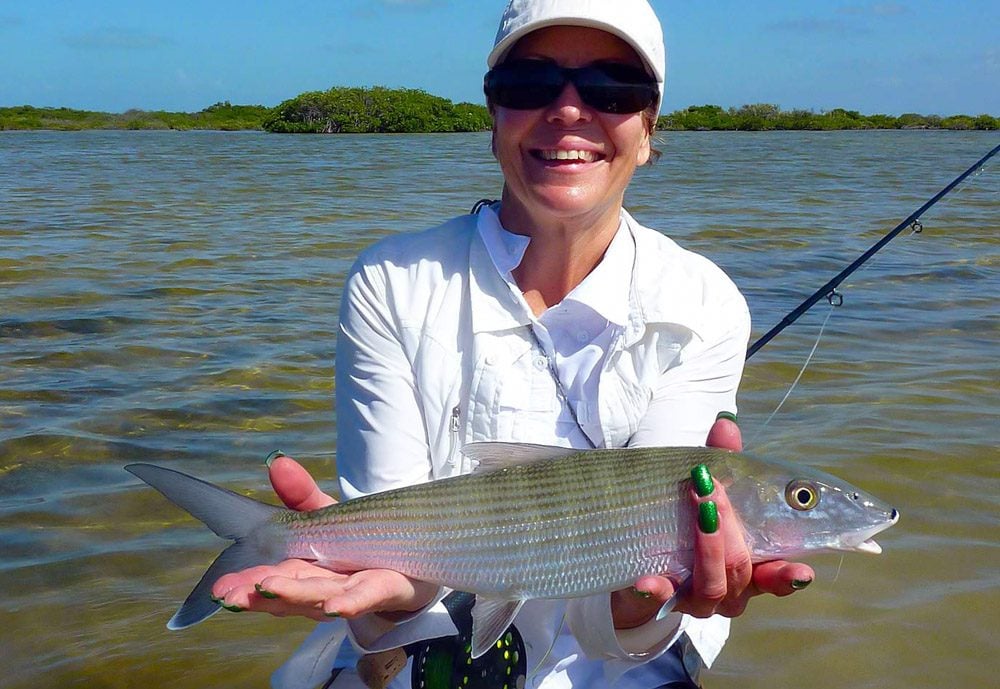

Ascension Bay in Mexico is home to some of the most fantastic Fly Fishing that Mexico has to offer, the guides are also some of the most skilled and knowledgeable in all of the country. GRAND SLAMS and SUPER SLAMS are very achievable and this is the perfect destination for the flats fishing Enthusiast.


Cayo Paredón is the hottest, newest destination in the portfolio of our partners Fly Fishing the Run. Located in the province of Camaguey, the easternmost, most significant and flattest region in the centre of Cuba, it's a saltwater fly fishing paradise, home to all the 'Grand Slam' species.
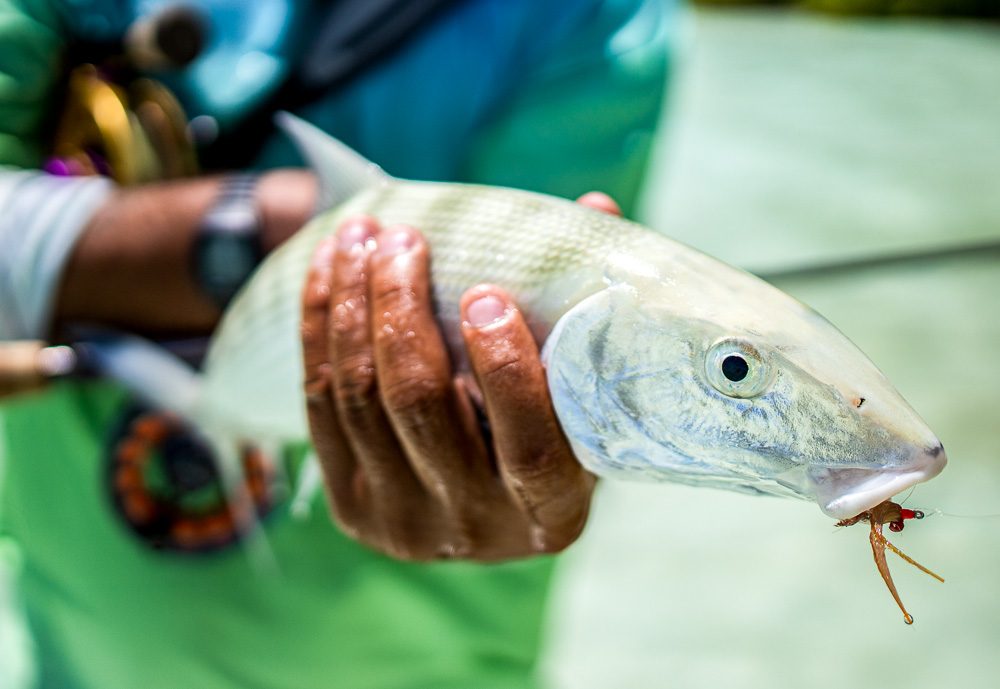

This unique combo trip offers travelling anglers the opportunity to fish both the serene island atolls of Fanning Island and Christmas Island in one trip. It's a trip tailor-made for the serious saltwater fly angler, who yearns to visit some of the most remote places on earth to wet a fly in pursuit of their quarry.
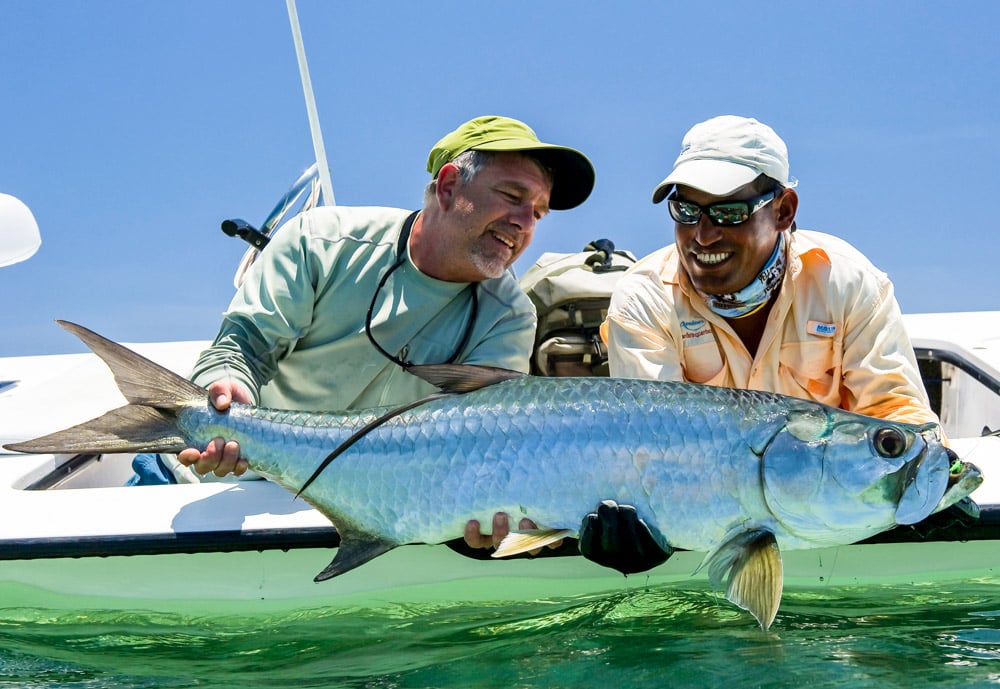

Think about a place where you can fish more than 100 miles of flats without seeing another fisherman. A place where the flats fishing is so good, you can catch seven fish species in one day and a place where you have a legitimate chance for a ‘Grand Slam’ every day of the year; that’s Canarreos.
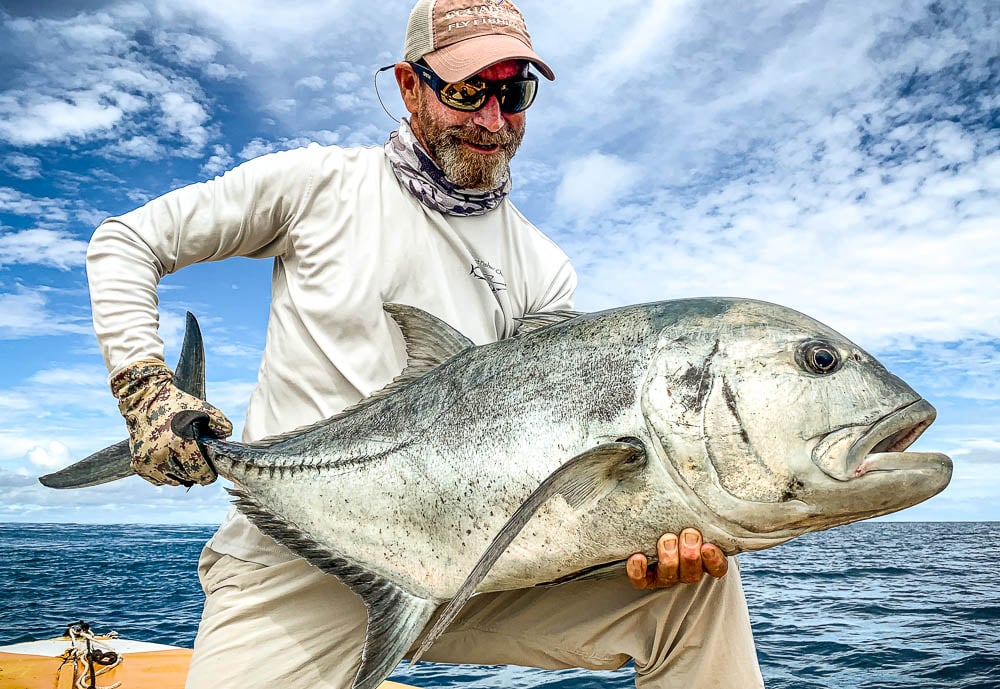

Described as the island that time forgot, Fanning is an exciting tropical island paradise with abundant saltwater fly fishing opportunities. Travelling rods who’ve been lucky enough to visit this incredible destination haven’t even scratched the surface, and the range of saltwater species that inhabit its waters have rarely seen a human, let alone an anglers fly.
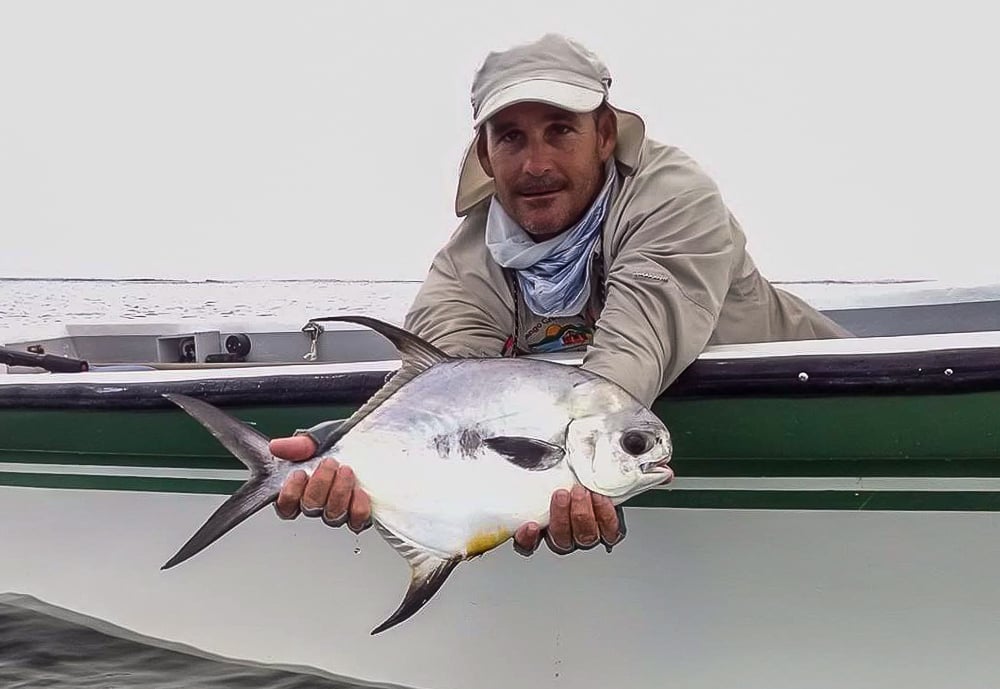

Fly fishing is the emphasis of Mango Creek Lodge’s fishing operation, and the Lodge is Roatan’s premier saltwater fishery, presenting the opportunities for travelling rods to hook up with a coveted ‘Grand Slam’. Located in secluded Port Royal on Roatan’s East End, it’s just a stone’s throw away from some of the islands most productive flats.
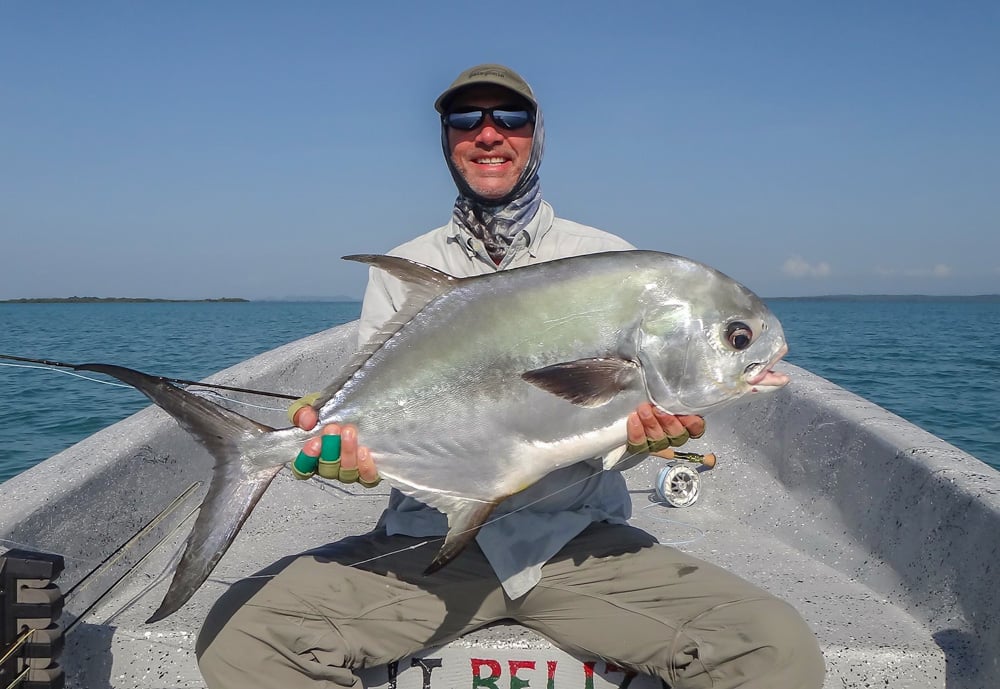

Southern Belize’s Copal Tree Lodge is an idyllic high-end jungle hideaway overlooking the Rio Grande River in the ‘Green Heart of Belize’. Its location, setting, beautiful grounds, impeccable food, and service rank it among the finest destinations in the Caribbean, and it’s perfect for couples, families, and anglers alike.
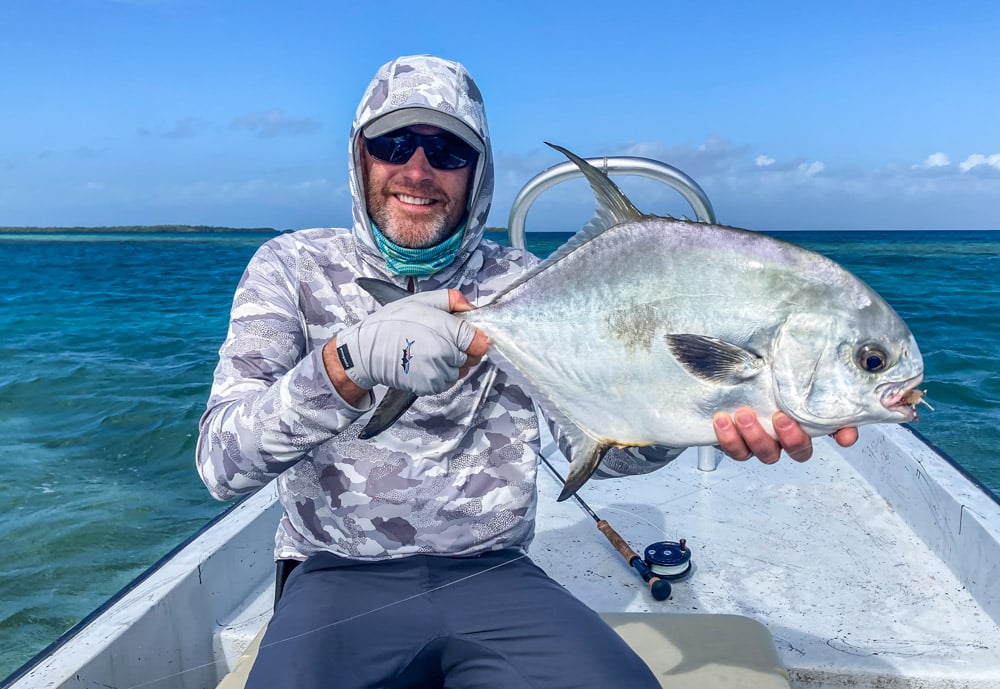

This fishing epicentre known as Blue Horizon Lodge is renowned for its vast array of expansive pancake flats that teem with marine life, and its fabled waters are some of the best places in the world to fish for tailing Permit in shallow water. For decades, Blue Horizon Lodge has been known as 'THE' destination for hardcore Permit anglers.
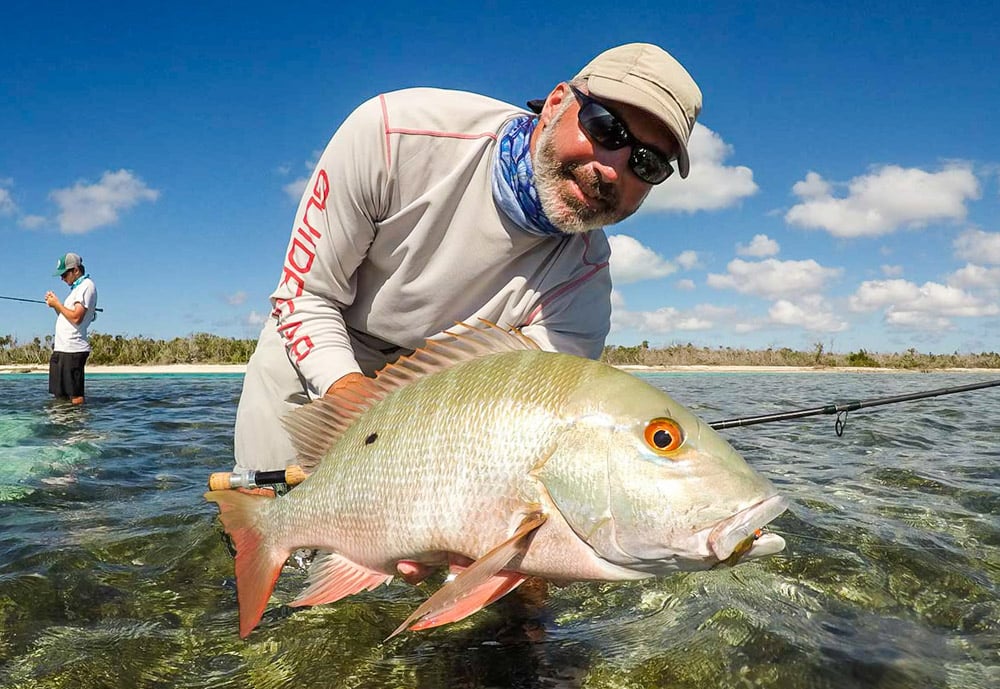

Offering quick and easy access to miles and miles of firm, light bottom flats, Crooked & Acklins Trophy Lodge is perfect for classic wade fishing in skinny water. The flats stretch to the horizon, and travelling anglers can wade and fish as far as their legs will take them, for uncountable Bonefish and large Permit.
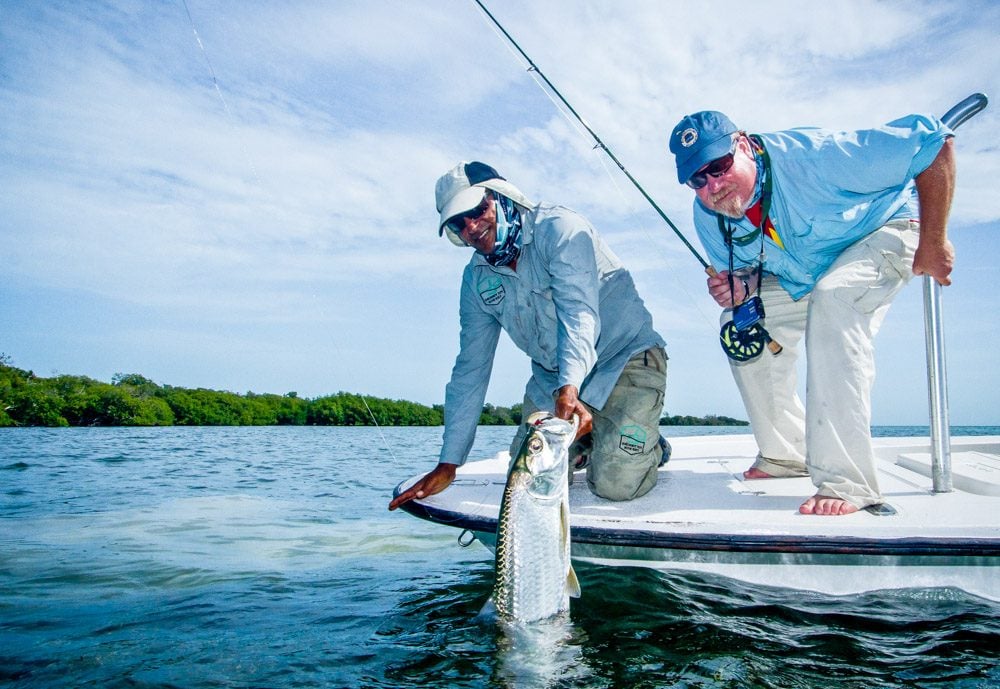

With only eight anglers allowed to fish the thousands of kilometres of waters in and around Zapata each week, many area's have never seen an angler. From a saltwater fly fishing perspective, the destination is in its infancy and is remarkable and a real jewel in Cuba's ecological crown.
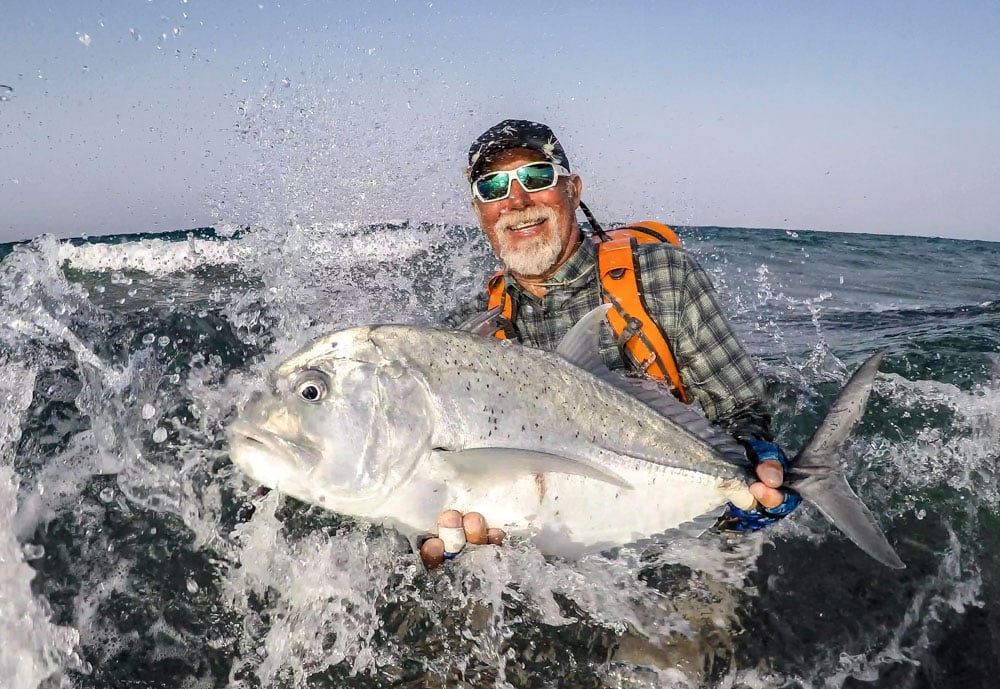

Nubian Flats is home to some of the best saltwater fly fishing available with miles of untouched and unspoilt areas to explore. Previously these waters were inaccessible until now. With our partners, we can now offer two liveaboard fly fishing operations, one in the north and a longer trip in the deep south giving you access to some of the most virginal saltwater fly fishing around.
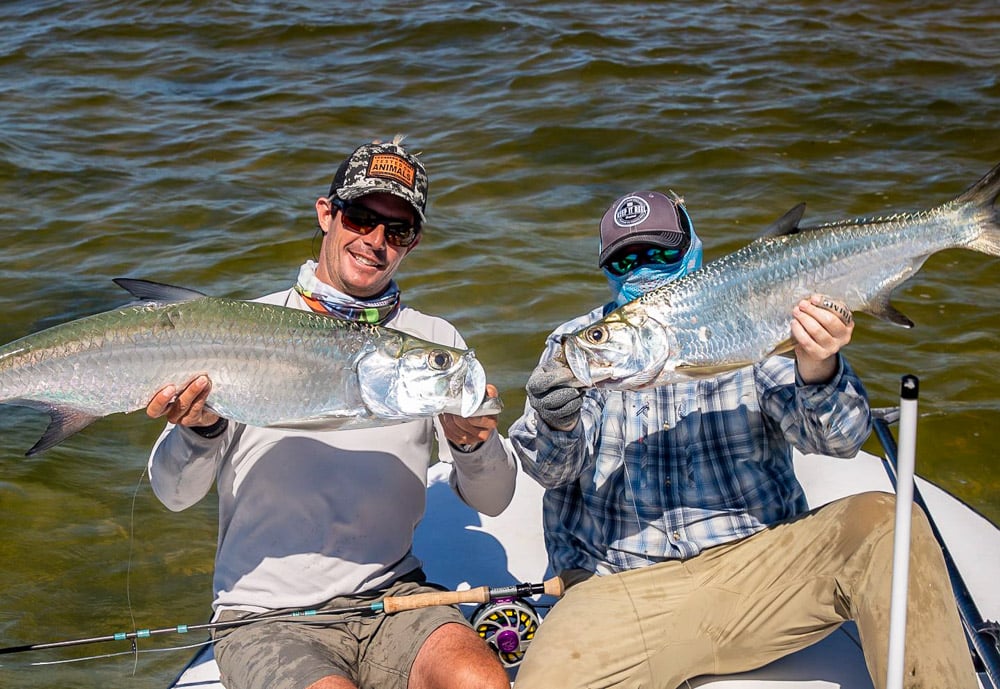

This is flat’s fishing far beyond your wildest dreams! The Isle of Youth lays 100km off the coast of mainland Cuba, nearly straight south of Havana. If Tarpon are a species on your saltwater fly fishing hit list then this is definitely the destination for you. There are good populations of both resident and monster migratory Tarpon.
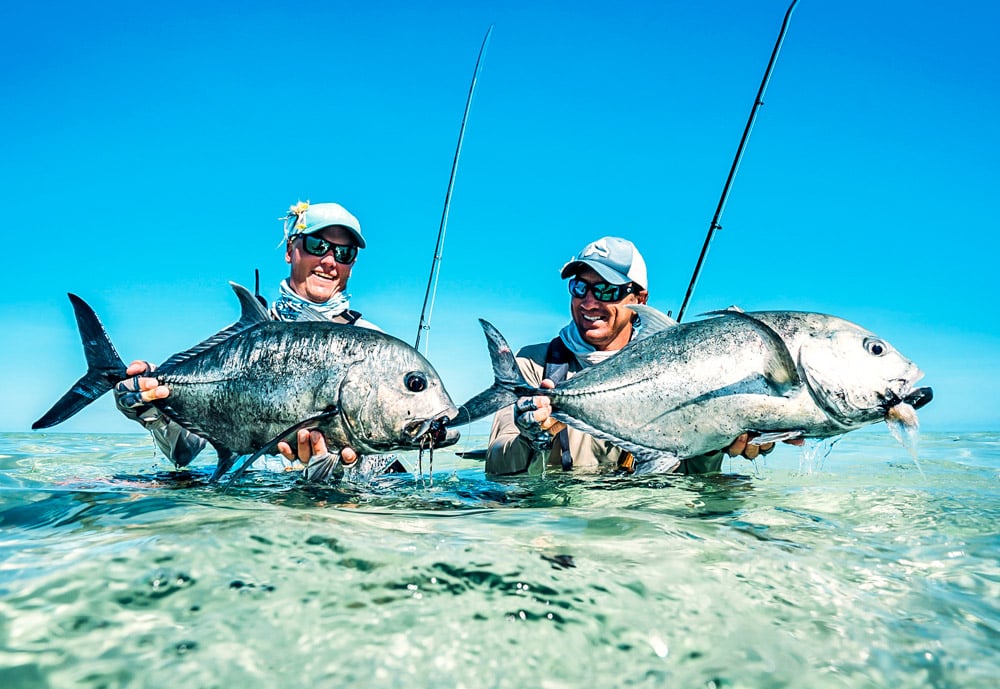

Cosmoledo Atoll in Seychelles is the ultimate saltwater fly fishing experience. Each week just 12 lucky anglers with 6 guides get to explore this vast area in search of a very impressive species list. If you are looking for world-class saltwater flats fishing, with everything from big Bones to monster GT'S then look no further.
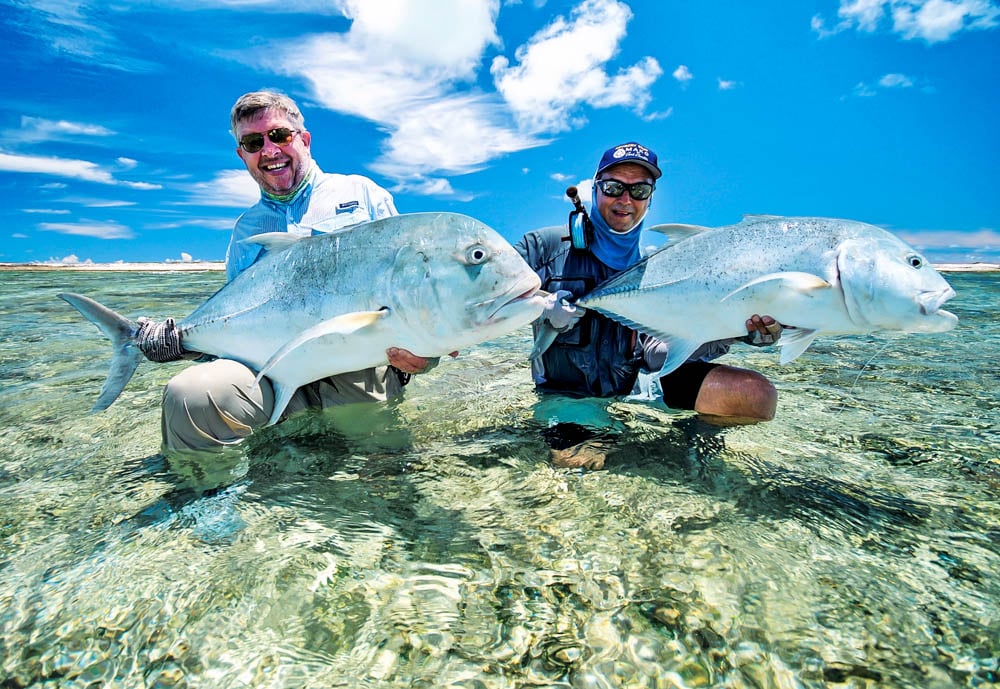

Astove Atoll gives six lucky anglers each week the exclusivity of one of the wildest, most rugged atolls on the globe for a wide range of saltwater flats species. This is a wild, secluded and remarkably remote small-scale destination for anglers seeking adventure and a unique fishing experience not to be missed.
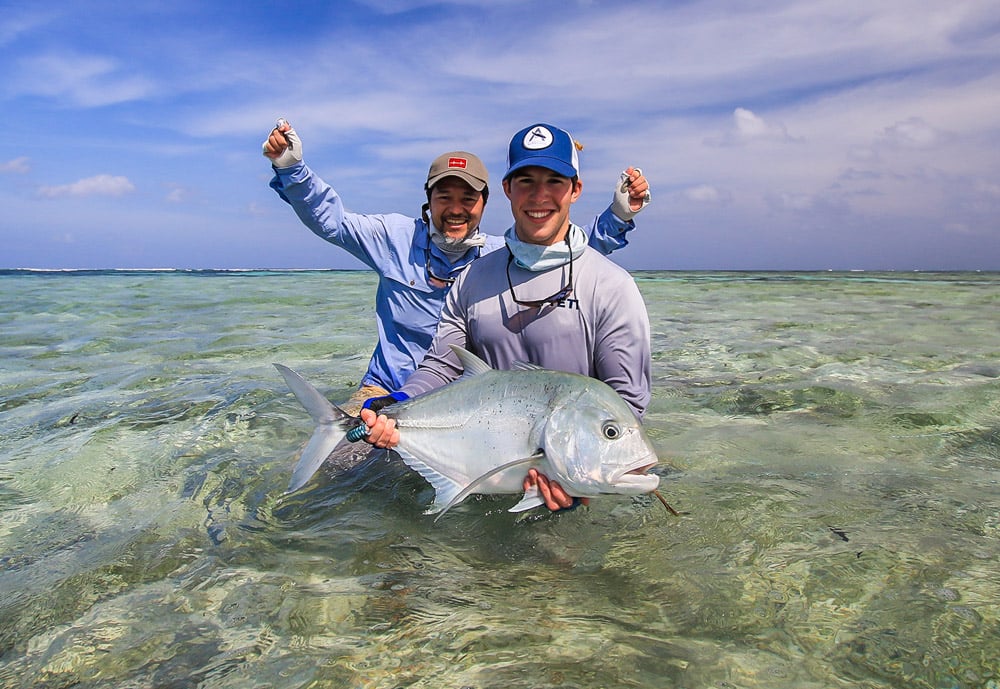

Alphonse Island needs to be experienced to be believed. It's famed for its world-class saltwater fly fishing for numerous flats species, quiet picnics on secluded beaches, sunset cruises with loved ones, mesmerising encounters with marine life and blissful pampering treatments all set within some of the most picture-perfect surroundings on earth.
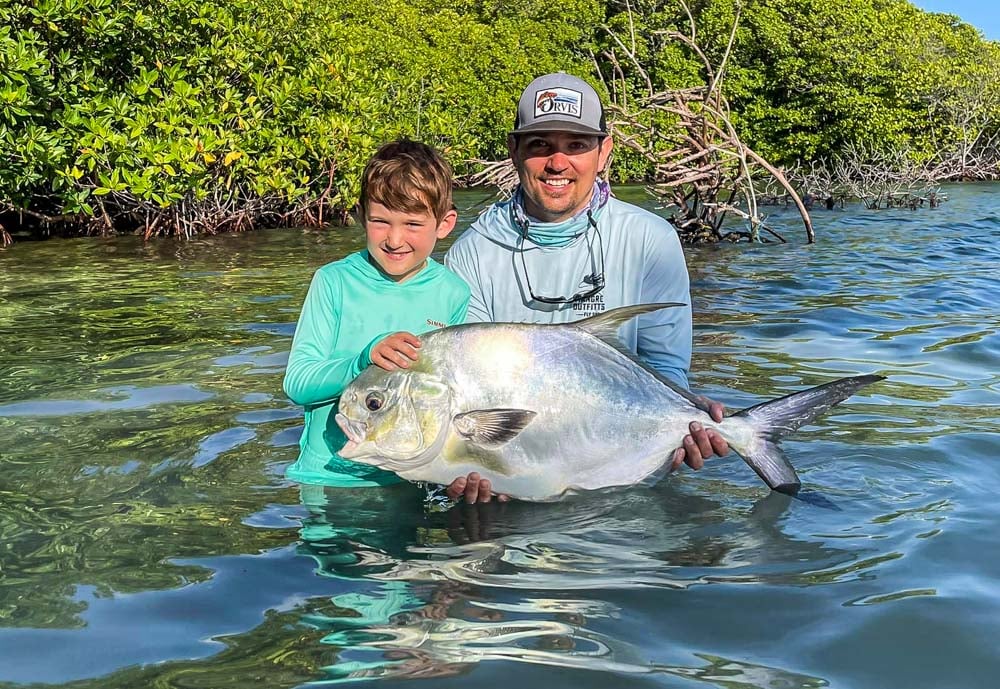

This great resort provides fantastic fly-fishing and provides a great safe, exciting and entertaining destination that you can bring and enjoy with your family. The beachfront location of this resort provides several amenities for your enjoyment, whether it is arranging for a massage in the lodge massage room or a day out on the flats.
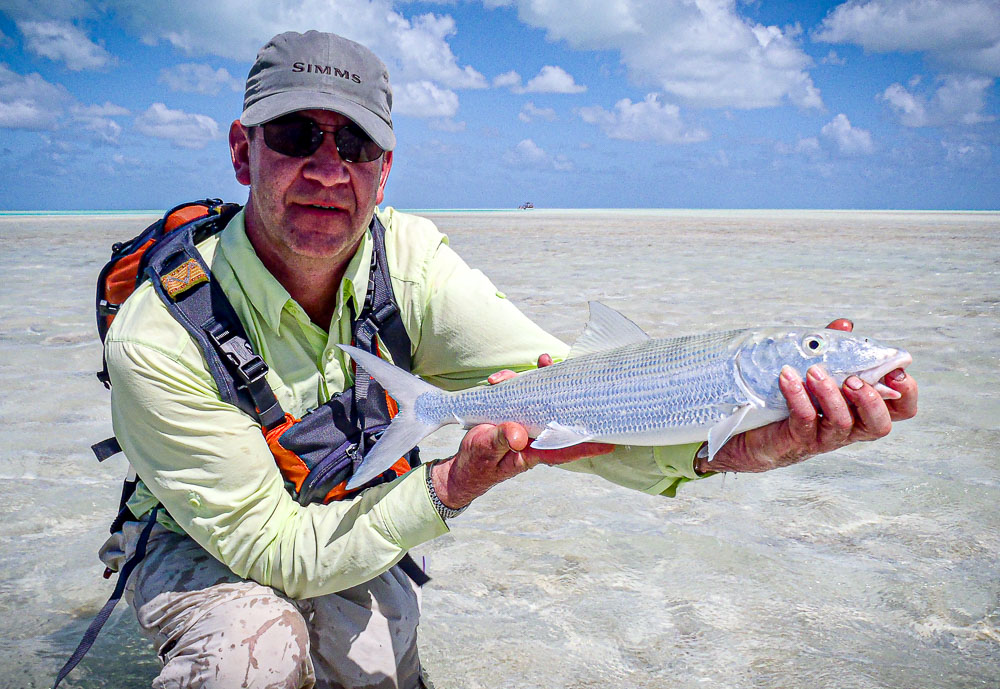

Our famous hosted trips to Christmas island have become legendary; they offer you the best saltwater fly fishing along with world-class popper jig fishing. Combine this with light offshore trolling provides one of the most diverse fisheries in the world. A fishing adventure that should not miss at any cost.
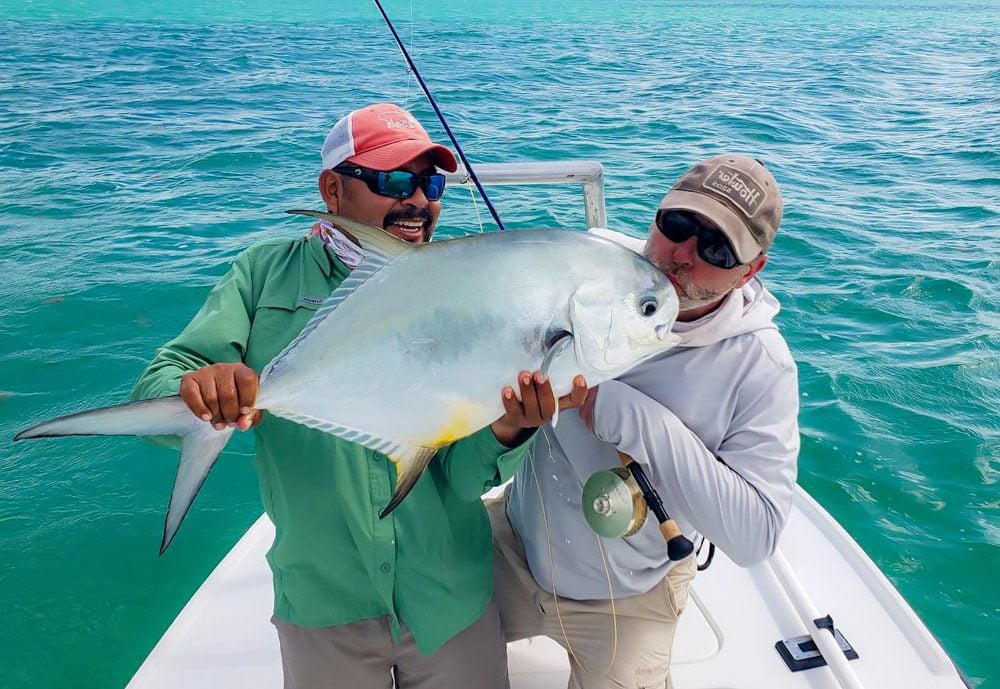

Located at the southern end of Ascension Bay in the heart of the 1.3 million acre private preserve, Casa Blanca has established itself as Mexico’s premier saltwater fly fishing destination. For many years now Casa Blanca has mesmerised anglers with its endless expanses of turquoise flats providing the ultimate water for Bonefish, Permit and Tarpon.
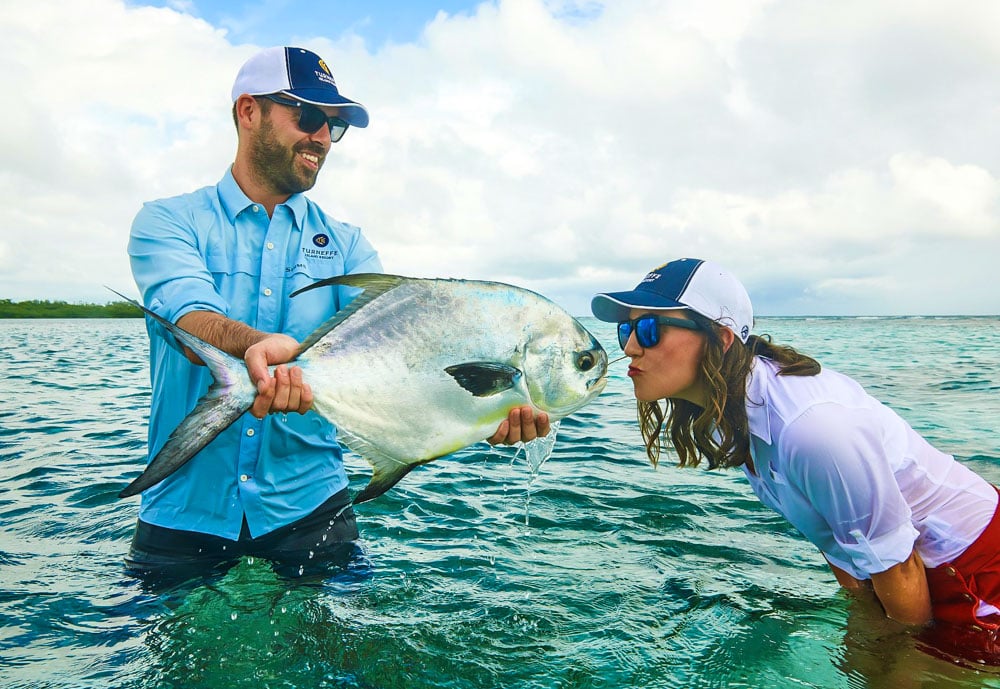

Turneffe Flats is one of the world’s premier flats fishing destinations combining a remarkable fishery with excellent English-speaking guides, top-notch equipment and superior service. The ability to sight-fish for Bonefish Permit and Tarpon on any given day makes Turneffe one of the few places where a Grand Slam is always a possibility.
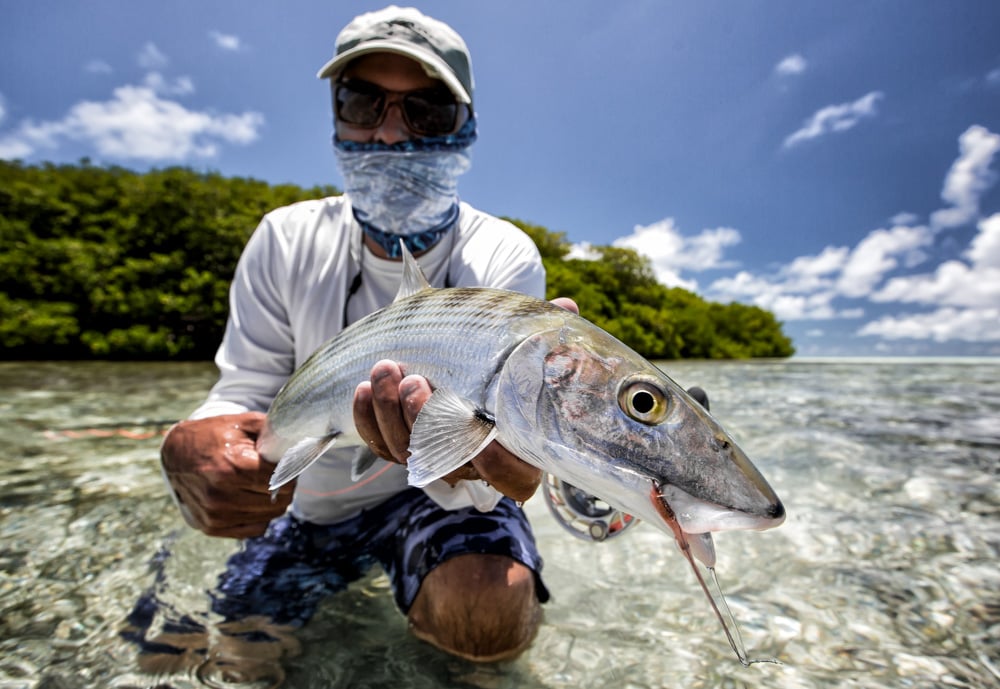

Thanks to its excellent fishing and easy access, the beautiful National Park of Los Roques has gained a reputation for being one of the best fly fishing destinations in the Caribbean, attracting travelling rods from all around the globe.
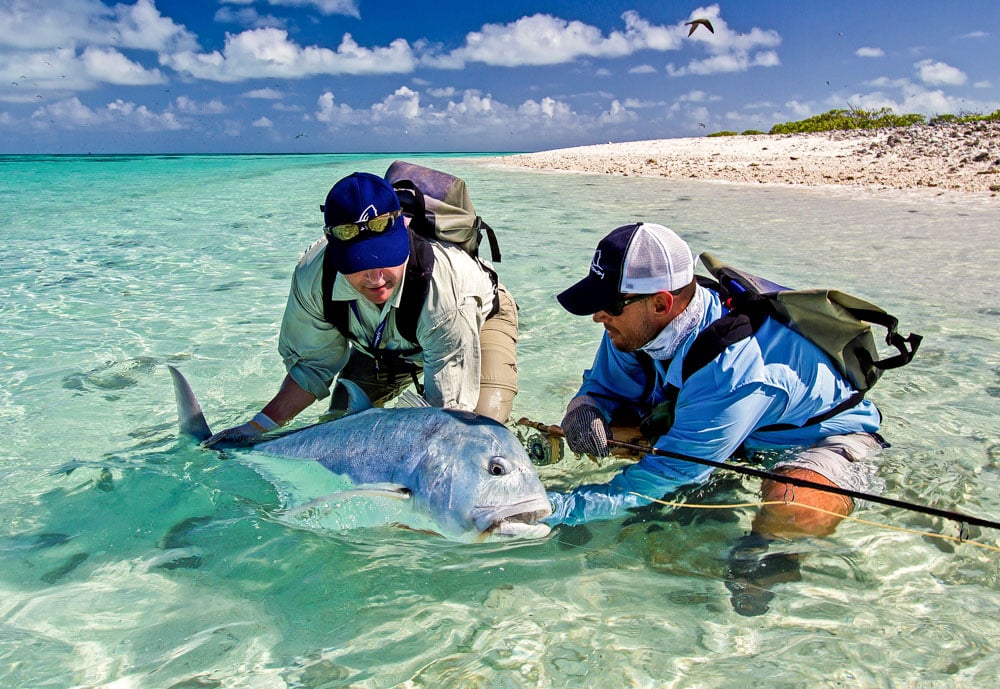

A true paradise where one can wade and sight fish to an impressive variety of species such as, Bonefish, Trevally including the ferocious Giant Trevally, the finicky Permit, Triggerfish, Bumphead Parrotfish and Milkfish. Farquhar is best known for the sheer diversity of species it offers anglers fortunate enough to visit her shores.
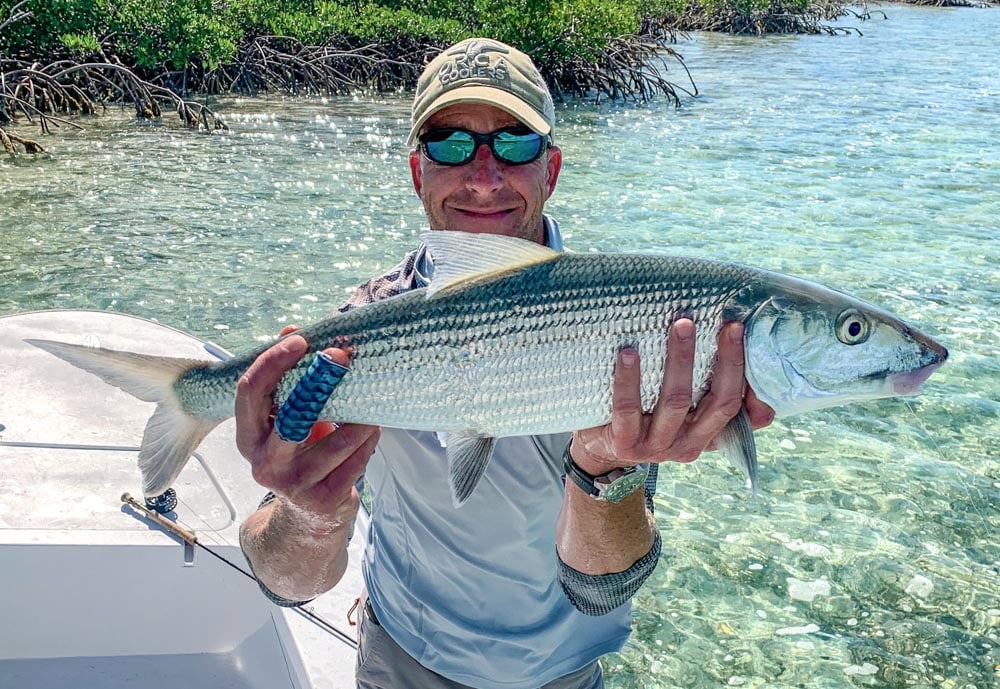

The sheer amount of Bonefish makes the Bahamas the go to place for any diehard Saltwater fly angler and with virtually un-fished waters right on your doorstep plus some of the biggest Bonefish on the planet. Some of the best and well known flats are located just a stone throw away from your accommodation.
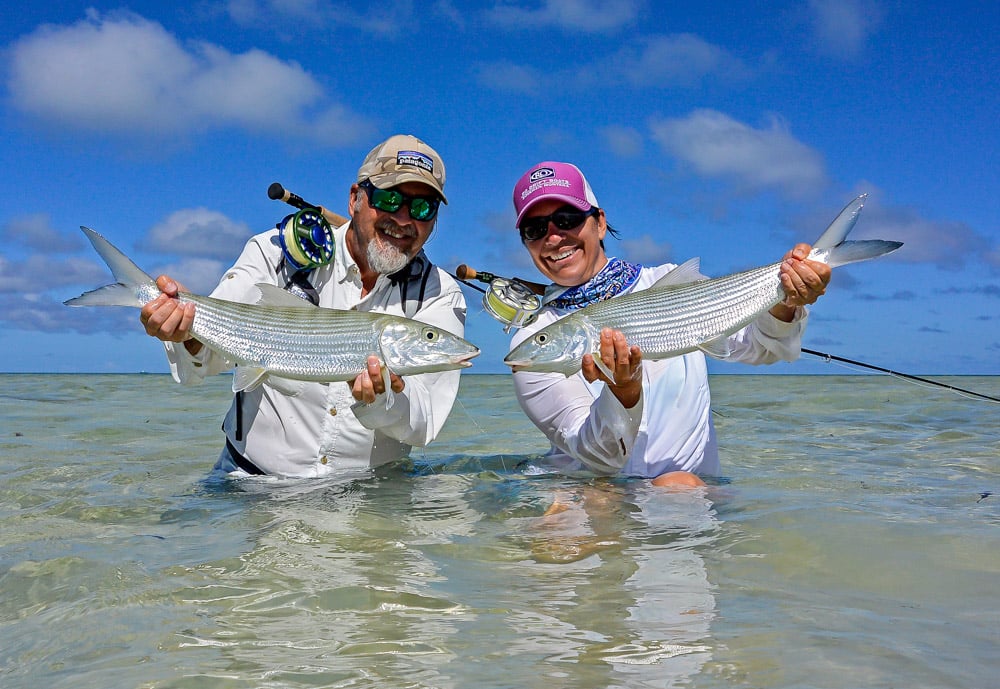

Providence is the final frontier! It is the largest fishable coral atoll in the Indian Ocean. The hottest and newest destination in the Seychelles for all fly fishermen, who have ever wanted to target huge GT’s and monster Bonefish. This Atoll ranks among the best fly-fishing destinations in the world.
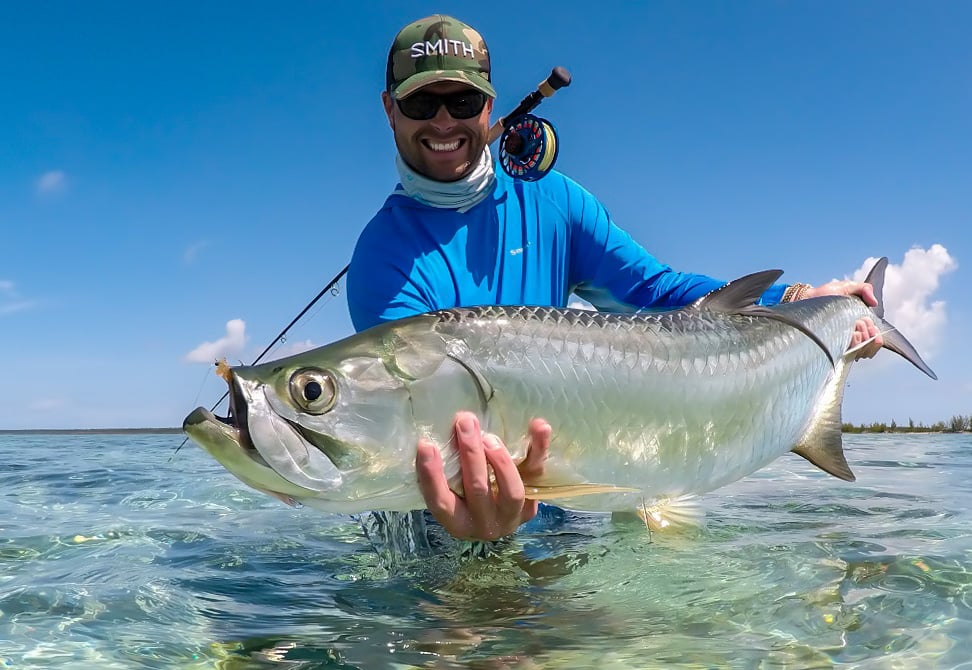

Bair’s Lodge has come to represent the benchmark in terms of quality guiding, ideal accommodations and courteous hospitality. Bair’s Lodge has easy access to some of the under-fished flats in South Andros. With its location ideally located to access Deep Creek, Little Creek, the West side and the Southern.
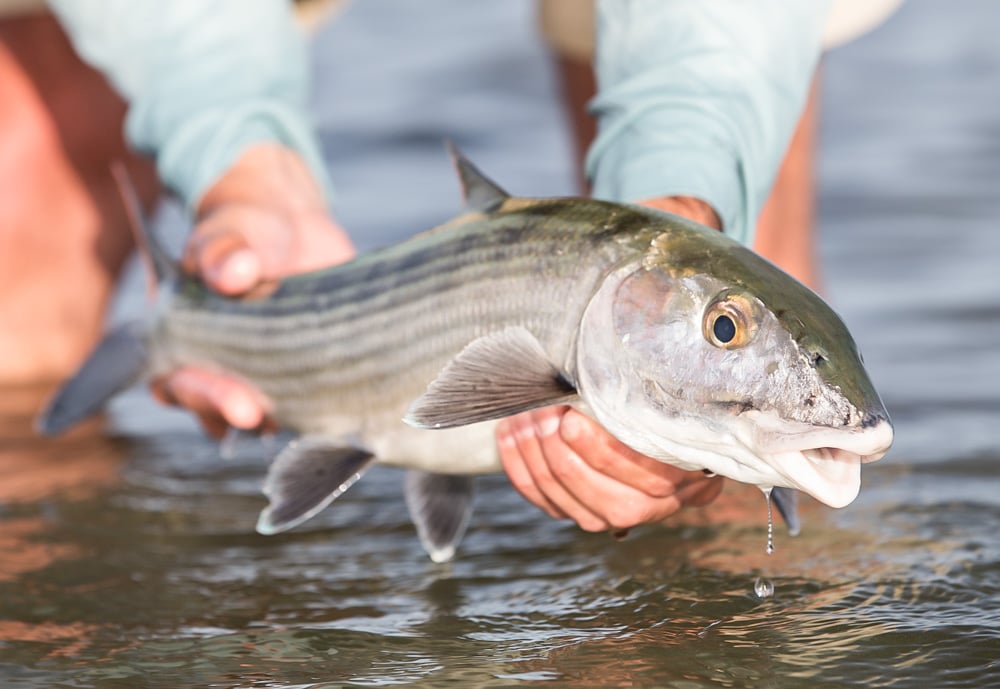

Abaco Lodge is located on the Marl's side of Great Abaco Island, in the Bahamas. This area, known as the “Marls of Abaco”, is a vast expanse of prime wilderness Bonefish habitat that has long been known by well-travelled bone fishermen as one of the most unique and productive fisheries in the Bahamas.
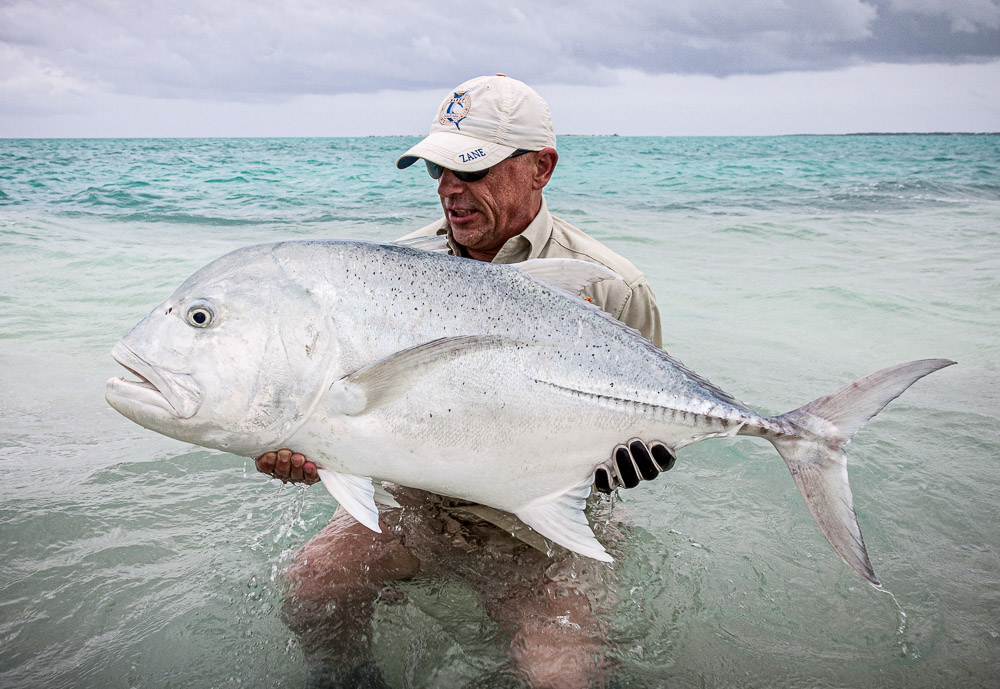

Tropical Flats Fishing Lodge on Christmas Island is a unique and natural operation that magically combines all the elements critical to fly fishing success. Endless hard sand flats, remarkable numbers of cruising fish, the best guides on the island and consistent year-round weather is what awaits all who visit this unique atoll.
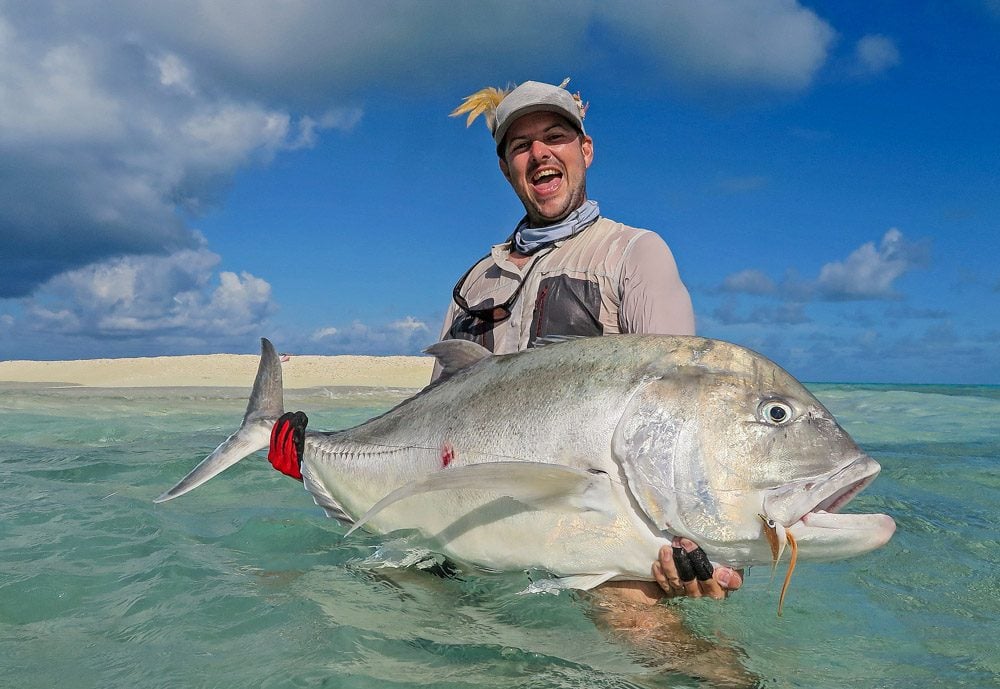

Deep within the Indian Ocean, due east of Madagascar and 300 miles northeast of the island of Mauritius, lies an obscure and seldom visited atoll. St. Brandon’s atoll is a wade fisherman’s paradise blessed with enormous hard sand flats and staggering numbers of huge Bonefish making it on of the best Bonefish fishing destinations in the world.
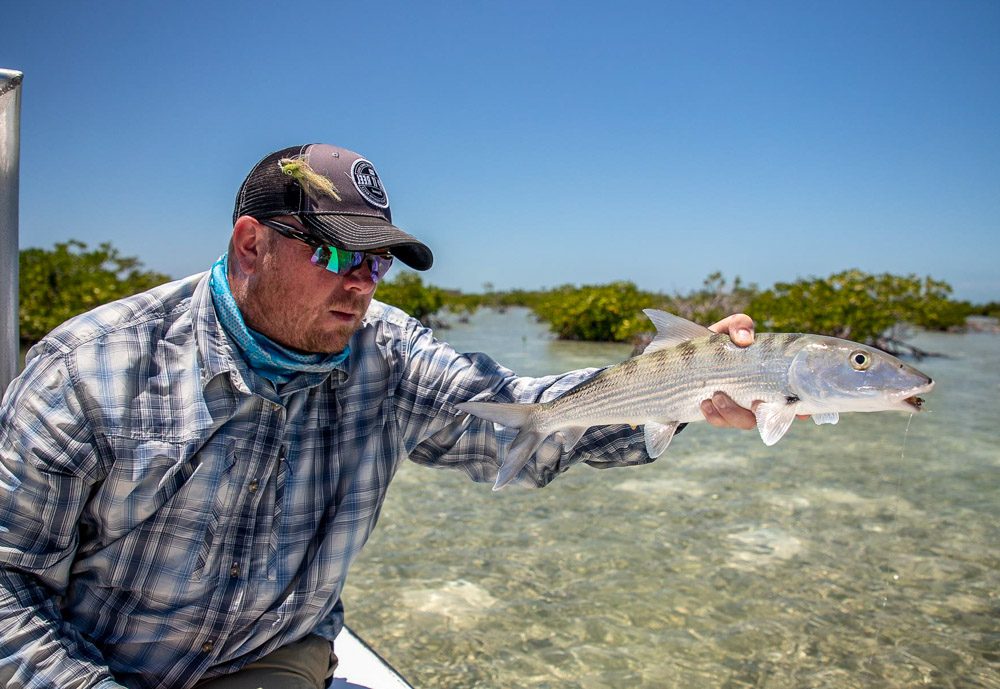

An angler’s paradise in the middle of stunning saltwater flats, the area is approximately 2600 square miles, a vast offshore wilderness where you will rarely see another angler, other than people in your own group. It has to be one of the best places in the world to fly fish for Permit Tarpon and Bonefish.
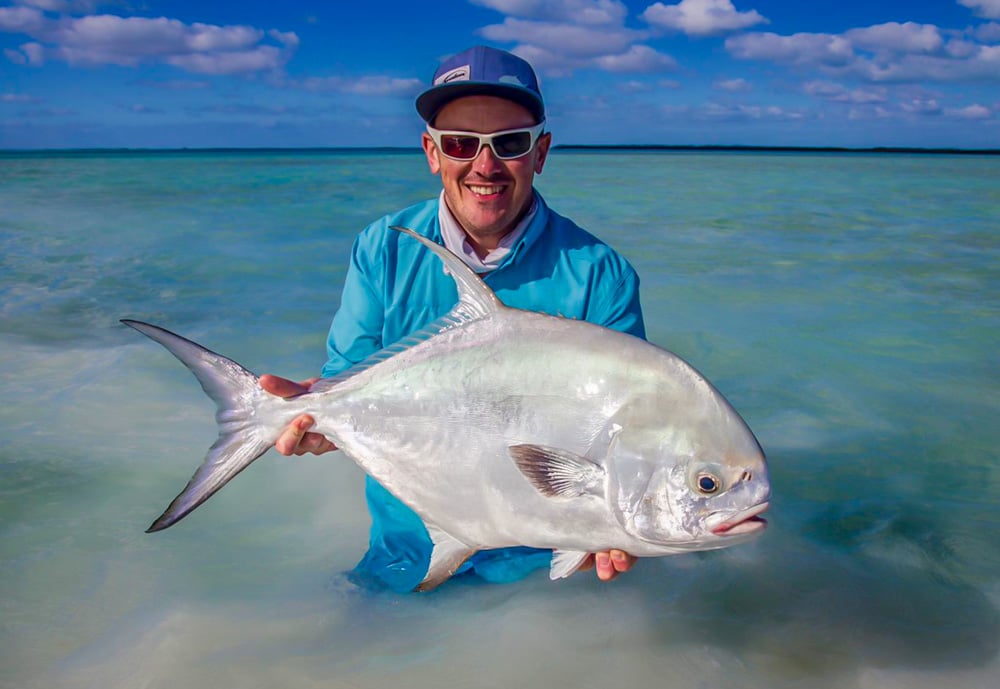

With our Cuba partners, we now have access to the exclusive fishing rights on the designated Cayo Largo Natural Reserve, which encompasses some 140 square miles of saltwater flats and channels. This has to be one of the best places in the world to catch a grand slam and super grand slam all on the fly.
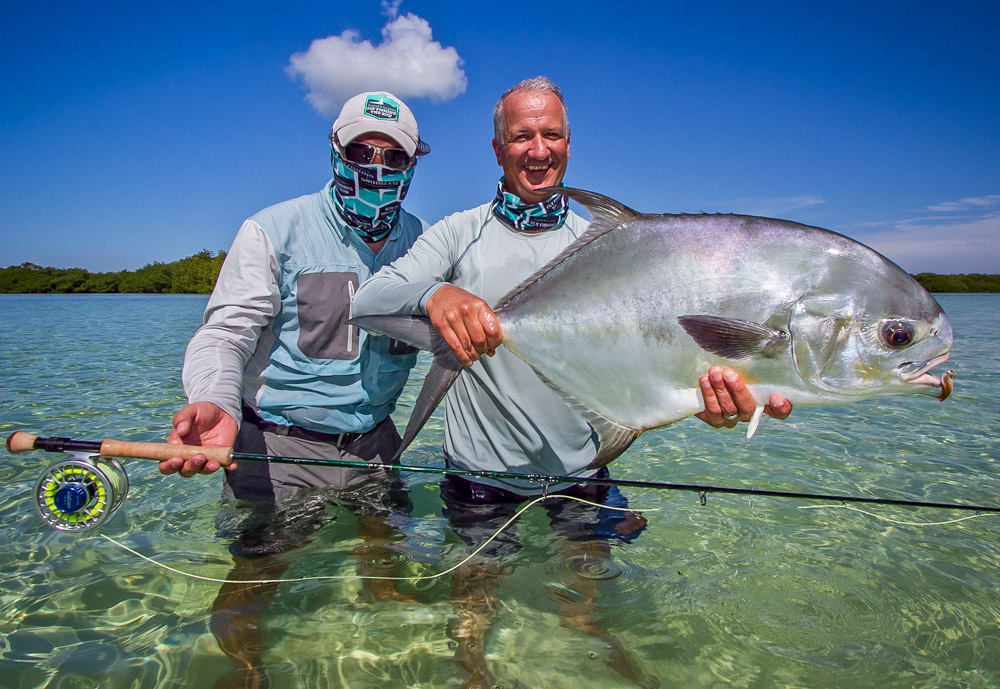

The Gardens of the King or Cayo Santa Maria is one of the most precious spots in Cuba and the Caribbean. Renowned as a Tarpon paradise, it's now viewed as one of the best destinations in the Caribbean for catching big Tarpon on the fly. As well as the big Tarpon, it's also home to all the traditional flats species like Bonefish, Permit and Snook.
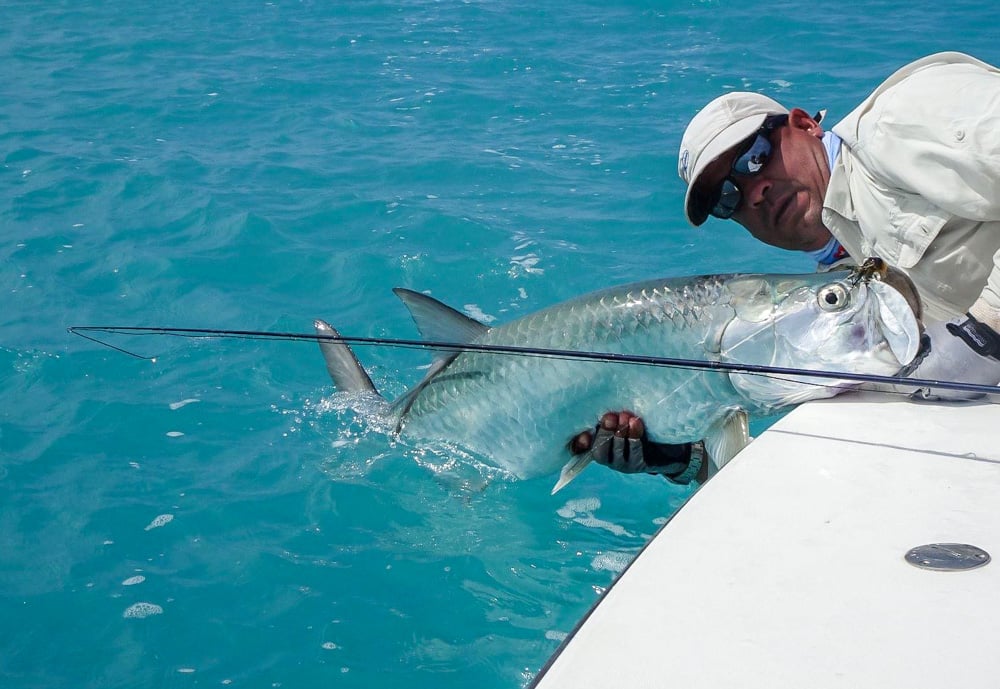

Cayo Romano is the latest most exciting saltwater fishing locations to become available to ardent fly-anglers. Located on the North Coast of Cuba in the Jardines de Rey, it consists of a huge fishable area, which provides incredible opportunities for big Permit, alongside some really exciting Tarpon fishing on the flats.
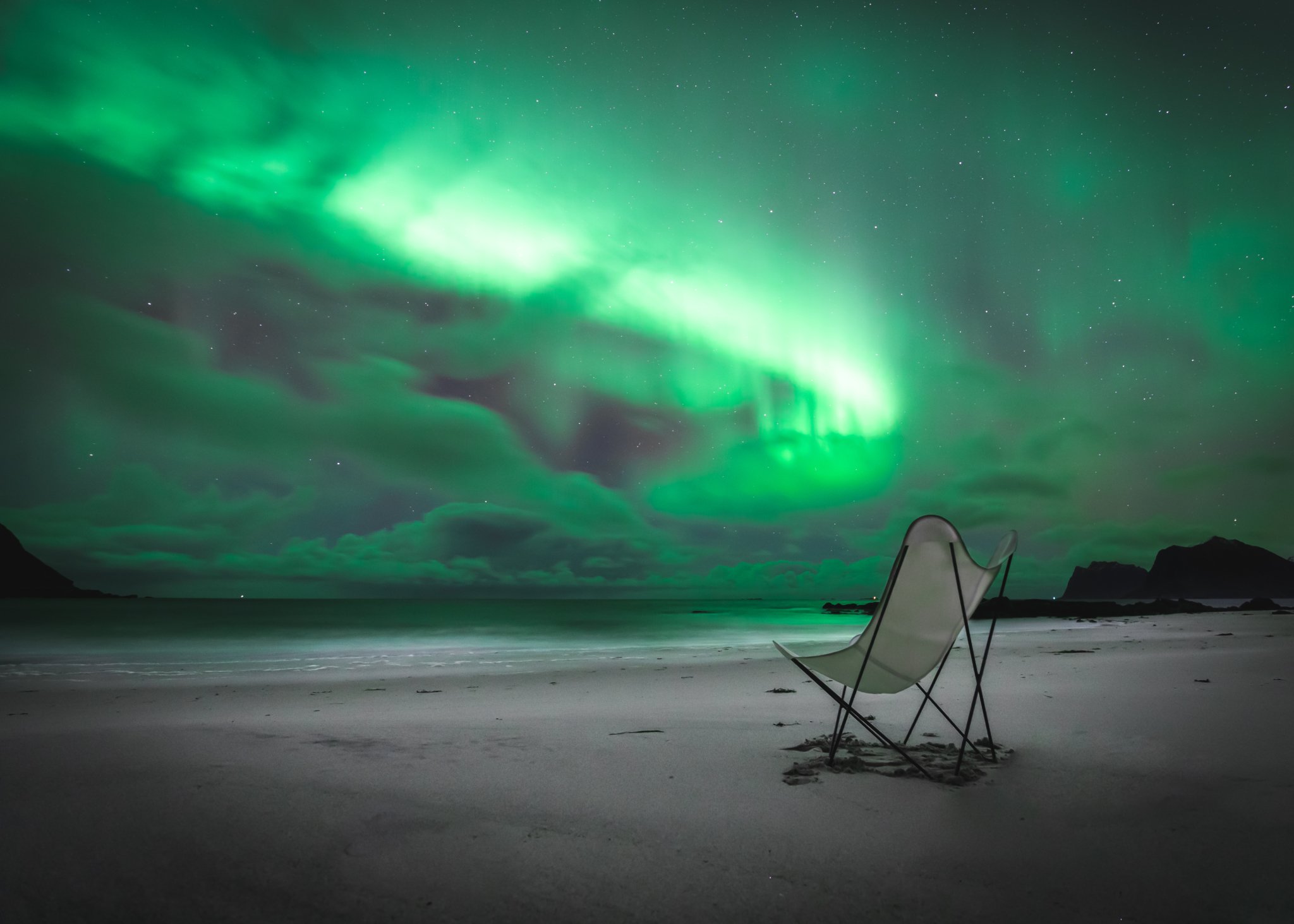

Average Customer Satisfaction Score 87%
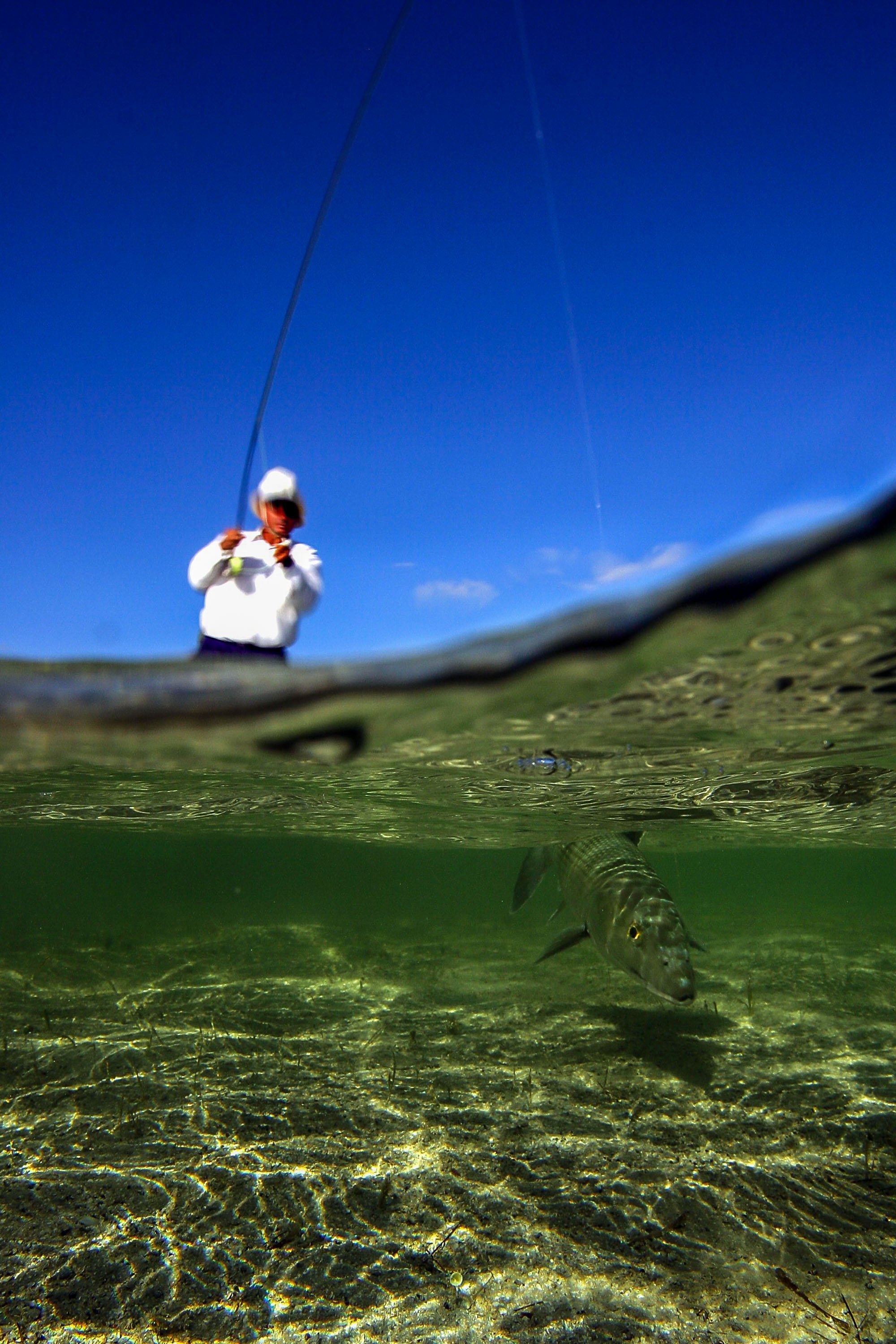

Name: Bonefish
Also Known as: Silver/Grey Ghost, Ghost Of The Flats, Bananafish
Scientific name: Albula vulpes
Bonefish, often called the “ghosts of the flats,” are prized among sport fishers for their elusive nature and the challenge that they present to anglers targeting them. They were once thought to be a single species, but nine species have been discovered across the globe. Many fish look the same to the untrained eye. Some of the species include:
Bonefish possess a distinctive silvery-grey colouration that seamlessly blends with their sandy and seagrass habitats, making them notoriously difficult to spot. They can range from very silver sides and slightly darker backs to olive green backs that blend with the silver side. Slight shading on the scales often leads to soft, subtle lines that run the fish’s flank from the gills to the tail. The bases of the pectoral fins are sometimes yellow.
They feature a torpedo-shaped body designed for bursts of speed and a long, deeply forked tail that provides powerful propulsion. This, combined with their keen senses, makes them adept at evading predators, including anglers.
As a species, they can live up to 20 years and reach sexual maturity at 2–3 years (over 17 inches long). Larvae drift for an average of 53 days, and juveniles often live over open sandy bottoms.
Their feeding habits contribute significantly to their allure for fly anglers. They primarily forage on the bottom, using their conical snouts to sift through mud and sand for crustaceans, molluscs, and worms. This behaviour often causes them to tail, a term used when their tails break the water’s surface as they tip forward to feed – an exciting sight for travelling rods. As a species, they are highly social, typically travelling in schools. However, larger, more mature specimens are often found alone or in small groups, presenting an even more significant challenge to catch. Pursuing Bonefish is not just about the catch; it’s a test of skill, patience, and respect for one of the most cunning adversaries in the fly fishing world.
Bonefish can be found worldwide in many locations; however, they love to inhabit shallow tropical and subtropical waters across the flats of the Caribbean, the Pacific, and the Indian Ocean. Some of the best Bonefish fishing is found in countries like Cuba, the Bahamas, Belize, and Mexico, where you’ll find some of the most famous saltwater fly fishing destinations. The likes of Abaco and Bairs Lodge in the Bahamas, the regions of Jardines De La Reina, Cayo Paredon and Zapata in Cuba and El Pescador and Turneffe Flats in Belize are all names keen saltwater fly anglers will recognise.
If you’re travelling to fish for the Bonefish in the Bahamas, especially Abaco Lodge, you may find this blog helpful: Advice On Targeting Bonefish On The Fly At Abaco Lodge.
On the other side of the globe, in the Indian Ocean, Bonefish are also prevalent around the Atolls in the Seychelles and Mauritius. Christmas Island, or Kiribati, as it’s also known, and Fanning Island in the Central Pacific also deserve a mention.
Traditionally, irrespective of where the Bonefish reside, they are found on the flats, mangroves, tidal estuaries, protected bays, and creeks. They prefer shallower water with depths between two and six feet. On an incoming tide, they move from the deeper water into the shallows to feed and then typically retreat to deeper water as the tide ebbs.
Our top five Bonefish fishing tours:
Jardines De La Reina Cuba
Abaco Lodge Bahamas
El Pescador Belize
Fishermans Lodge Mexico
Tropical Flats Lodge Christmas Island
Bonefish are pound-for-pound, one of the strongest, fastest-running saltwater fish you will ever encounter with a fly rod. They can reach speeds of up to 30mph and provide travelling rods with a fun challenge. Catching them on the fly is an exhilarating experience that combines stealth, precision, and the beauty of fly fishing in shallow tropical waters.
The first and most challenging part of catching Bonefish is locating them. Due to the colouration and reflectiveness of their scales, they are tricky to spot with untrained eyes, and this is where you must work with your guide. When you’re out on location, your guide is your best friend. They are highly trained and have vast experience fishing for and spotting all the fish on the flats. Things to look for include any form of movement and nervous water, tailing fish, V wakes and flat spots on the water’s surface. As with anything, the more hours you spend on the water and the more ‘practice’ you get at finding fish, the better you will become.
Once you have found the fish, the tackle to catch them is simple enough. Fly rods are typically 9ft single handed rods in 7/8#. Reels need to hold large amounts of braid backing along with matching warm water floating fly lines. This set up is then completed with a leader that ranges from 8lb to 15lb depending on where you are fishing. Fly-wise, it’s all about matching the fly to what the Bonefish in the area you are fishing are feeding on. Also, the size of the fly depends on the size of the fish you are targeting. We have a few Bonefish fly-tying tutorials on our YouTube channel, and you can watch them here.
Presenting the fly involves casting ahead of and leading the fish, allowing the fly to sink before gently twitching it to mimic live prey. Bonefish are incredibly wary, so approach quietly and maintain a low profile. Mastery of casting accuracy and the ability to read the flats for signs of Bonefish, such as shadows or tailing behavior, are crucial. With patience and practice, hooking a Bonefish on the fly offers an unforgettable challenge and the thrill of landing one of the most sought-after species in saltwater fly fishing.
If you’d like to learn more about Bonefish and how to catch them, you might find this blog helpful: Bonefish Tips – Everything You Need To Know About Catching Bonefish.
Bonefish can vary significantly in size depending on their geographic location, with their size reflecting the rich diversity and ecological conditions of their habitats. On average, they range from 4lb to 6lb, but it’s not uncommon to encounter individuals in the 8lb to 10lb range, especially in locations known for trophy-sized fish. Exceptionally large specimens can reach weights of up to 15lb or more, although such catches are rare and considered highly prized among anglers.
The growth rate of Bonefish is influenced by factors such as food availability, habitat quality, and the absence of predators. These fish are known for longevity, living up to 19 years or more, contributing to their potential to reach impressive sizes. The pursuit of larger Bonefish often leads anglers to remote and pristine flats where these older, wiser, and larger individuals are known to roam. Catching a large Bonefish is a milestone for many fly fishers, representing not only a physical achievement but also a deep connection to the challenges and rewards of saltwater fly fishing.











